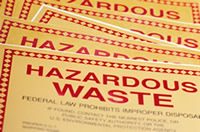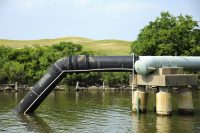Wash, Dry, or Toss? Best Options for Your Solvent-Contaminated Wipes
So, should you wash, dry, or toss your solvent-contaminated rags? How About Dry? We can tell you right away, don’t hang your solvent-contaminated wipes out to dry. Let’s take that one off the table. Never mind the Resource Conservation and Recovery Act (RCRA) violations you would be facing, you will also have great big headaches […]










